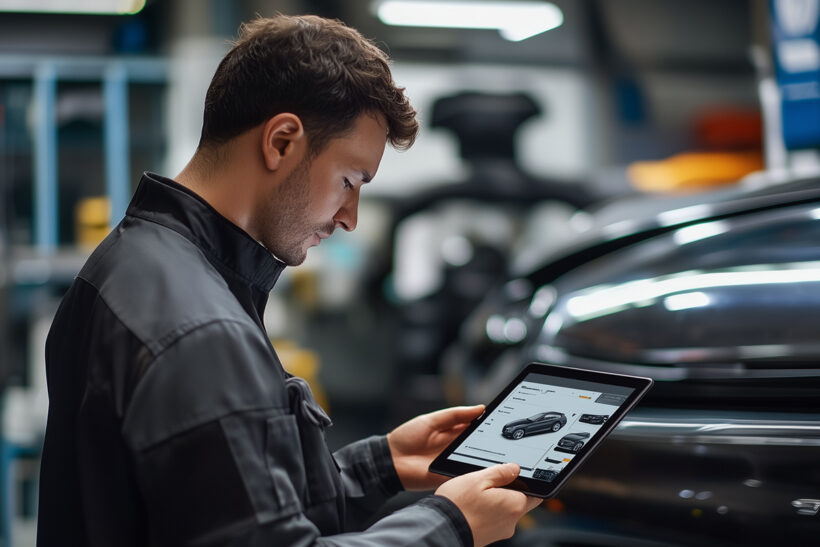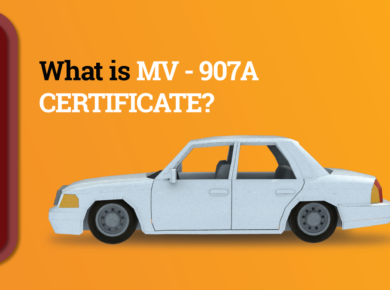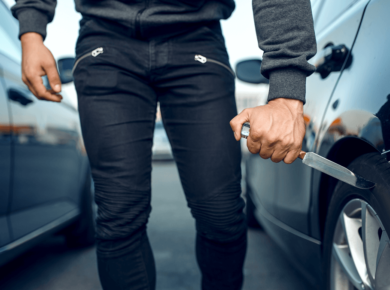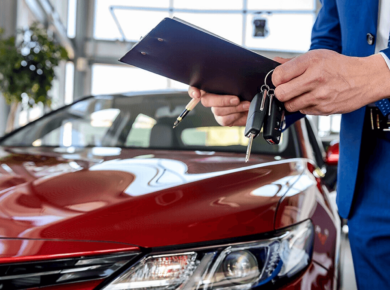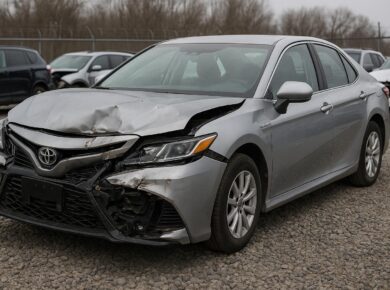Due to safety issues, every year, millions of cars are withdrawn from the market. For example, in 2020, the NHTSA announced recalls for over 13 million vehicles, which affected millions of people. Disregarding such recalls may turn out to be catastrophic as it may cause minor issues or even accidents.
Instead, vehicle owners must be knowledgeable and take care of themselves & their vehicles. In this article, SalvageBid will guide you through the process of doing a VIN recall check in a few simple steps so that your vehicle can continue to perform safely and reliably.
We will look at the purpose of a recall check, guide you on how to carry one out using several available tools, and what steps to take if your vehicle is one of those that are, in fact, affected.
Read on!
Understanding Vehicle Recalls
When a vehicle, equipment, car seat or tyre does not meet the required safety standards, a recall is issued either by the manufacturer or the National Highway Traffic Safety Administration (NHTSA) as a means to rectify the issue and avert chances of road accidents.
The auto recall check usually starts when a safety problem is brought to the attention of the NHTSA either by the consumers, the manufacturer itself, or through investigations by the NHTSA.
After such a defect has been confirmed, it is the responsibility of the manufacturer to inform vehicle owners, dealers and distributors about the recall. Such notifications provide information on what the defect in question is, its risk, and what steps should be taken to have the problem resolved.
For vehicle owners, receiving a recall notice means they need to comply with the instructions provided for safety. Avoiding recalls creates problems – like vehicles breaking down, road accidents, and even legal issues.
Why It’s Important to Check for Recalls Important
Regularly checking whether your vehicle has a recall notice is essential because it ensures your safety and also lets your vehicle maintain its resale value. Let’s explore the benefits of a car recall check.
Ensures Safety
If recalls are not dealt with immediately, your safety and that of other road users is at risk. Take, for instance, the case of Honda, where over 1.7 million vehicles were recalled because of a steering issue that would raise crash risk in 2019.
Maintains Vehicle Performance
Additionally, a vehicle recall check allows vehicles to perform better and more efficiently. Recalls would serve to correct such issues as engine problems and faulty brakes, among others. A good example is how more than 200,000 of Ford’s trucks were put under a recall due to a brake master cylinder defect that led to a total loss of braking.
Legal Compliance
Sometimes, fines may be imposed as a consequence of failing to check car recalls by VIN and take the necessary actions with respect to the recalls. One reason for this penalty is that the National Highway Traffic Safety Administration has required people to respond to recall notices. In some instances, cars with outstanding recalls may be considered unfit for use on public roads.
Protects Resale Value
If you plan to sell your car in the future, note that potential customers are more inclined to purchase a vehicle that has been fixed in accordance with the most recent repairs and recalls. On the other hand, market perception for such vehicles is poor since potential customers will have too many concerns about safety.
How to Check for Vehicle Recalls
Without further ado, let’s look at how to do a recall checks on your vehicle in three easy steps:
Step 1: Find Your VIN
You can check recalls by VIN, which refers to the Vehicle Identification Number, a unique 17-character number that is to a vehicle what a fingerprint is to a human. However, you can usually find your VIN in a few positions: on the dashboard of your car, on the driver’s side door, or on your documents that prove you possess the car.
This number is vital for recall purposes as it gives precise information regarding a vehicle’s model and type in the case that any recalls were issued.
Step 2: Head to the NHTSA Site
Once you have found your VIN, it is essential to use a reliable recall check system. While there are many options, we recommend using ClearVIN or the NHTSA recall check website as it is straightforward and effective. You can also visit the manufacturer’s website to see if they have a section for a recall check by VIN.
All you have to do is type in your VIN in the recall checking section and verify whether the vehicle needs repairs or not.
*Note: The NHTSA does free recall check by VIN, alongside many manufacturer websites.
Step 3: Review Recall Information
After you check VIN number for recalls on the NHTSA, the system will return information concerning any active recalls for the said vehicle. This includes the type of defect, the risks involved, and the steps to correct the problem.
You might, for instance, see recalls due to defective airbags, lousy braking systems, or other defects affecting safety. It is this information that is important in making further moves with regard to the recalls.
These steps help you keep the car the way it is and be aware of everything that has been done to it.
Steps to Take If Your Vehicle Has Open Safety Recalls
So, what happens next if your vehicle is recalled? Fortunately, there are some easy steps to take after you’ve done a vehicle recall check by VIN.
Contact the Manufacturer or Dealer
As soon as you note that your car has been placed on a recall, the first thing you should do is call the manufacturer or an authorized dealer. They have the relevant information and resources, enabling them to guide you through the process.
Tell them what the issue is and give them your VIN. They will brief you on the details of the recall and what measures you need to take in order to deal with the problem. The manufacturers cannot ignore the recalls, so you can be sure that they will help.
Schedule a Repair
Most vehicle recall repairs are usually free of charge or at low costs since the manufacturer takes the responsibility of making sure that the vehicle is safe to drive. Therefore, you should schedule an appointment with an approved dealer as quickly as possible.
These dealers have been properly trained and have the necessary parts to repair the defect. It is very important to schedule an appointment early to prevent delays like waiting for parts to get to the dealer.
Follow Up
Make sure you follow up periodically after the open recalls repair. Ensure the agreeable resolution to the concern that was replaced next during the recall. Also, make a note of every communication made with service and repair, as well as every appointment.
These are important records not just for your peace of mind but also for when you want to resell the vehicle. Any potential buyers will be reassured, and the resale value will be high because the service history can demonstrate that all recall repairs have been carried out.
What To Do If A Used Car You Want Is Part Of A Recall
Several factors need to be considered if you have decided to purchase a used car but learned through an automobile recall check that it still has an open recall.
To begin, you should inquire of the seller whether or not the vehicle was brought to the manufacturer or dealer for repair. If so, they should be able to provide evidence of the repair that has been performed on the car.
However, if it was never fixed, then consider taking the car to the manufacturer or the dealership. Most recall repairs are free of charge, so consider scheduling an appointment with an authorized dealer to get the issue fixed before making the purchase.
Remember that you can also use ClearVIN and NHTSA to check for recalls by VIN and see if all necessary repairs have been carried out. However, if the dealer does not want to solve the recall issue, ask the seller for a lower price that would cover the cost of repairs.
If all these fail, just look for another car.
Conclusion
In the end, a car owner should use their VIN on the NHTSA recall checker to confirm recalls
and ensure their vehicle is in good working order. This consistent check is important because it makes vehicle owners aware of faults that make driving dangerous or that can diminish the car’s resale value.
Those looking to buy a car on SalvageBid do not need to worry as all car details are visible and accurate so that you can verify what you buy first-hand. Visit SalvageBid and browse through our detailed listing of repairable salvage titles.
